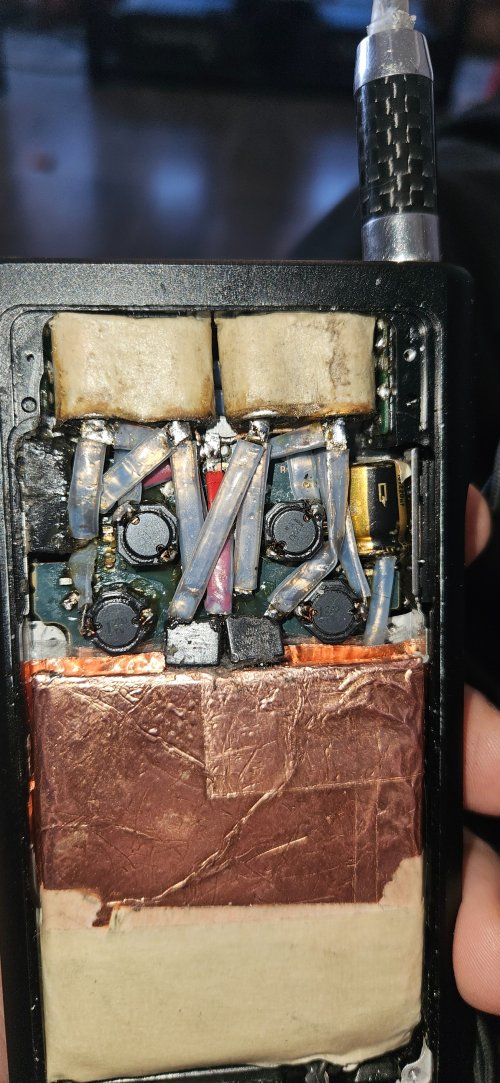I can tell you 100% that those are just volume tables. I'm also hearing changes to the sound signature depending on the region.
For example, the J region sounds the most balanced of all, and its value is 0x00000000. Other regions have different values. For example, CN is 0x00000004, while MX3 (LA in the firmware itself) is 0x00000306, and these values are used when initializing the DAC. There are some additional regions in the destination tool that are not "coded" in the firmware for these newer devices anymore, yet they still produce changes. While using one of these other regions, the firmware will default to the J region, while the changes in sound are still there, as the region's value is used when initializing the DAC.
I am certain that my hearing is really good, and the changes in the sound are 100% there. Without trying to brag, my ears are really trained from some years of experience as a choir singer, even participating in some out of country competitions - my point with this is that it was not just some small/unprofessional thing.
So the fact that the region's value is used to initialize the DAC, with the other fact that the guy who developed the destination tool confirmed that he noticed different settings in the sound driver when doing reverse engineering, plus the fact that I can actually hear changes, leads me to a pretty strong conclusion that there is no placebo effect.
Of course, these are only some facts, and my experience, so it's fine if you don't agree with me.
Cheers.
Fair enough, with all due respect, I don't trust my own ears, and while you may be correct, the DAC being a black box of its own, the only way to know for sure is to take actual measurements (even the drivers won't tell you anything that happens in the logic of the s-master DAC itself after all)
This is eventually what I did yesterday, I dusted off my Mayflower ARC, connected my NW-ZX300 (set to E destination) to the mic/line in of the ARC, fired up audacity and captured multiple samples of 2 specific FLAC tracks, one at 24bit/192khz (for all HI-Res purists out there) and one at 16bit 44Khz, I captured 5 different samples for each of the two tracks, then set the destination to J, rebooted (power off, power on, let the database rebuild...), captured 5 other samples for each of the exact same tracks. Made sure the time code matches on all samples, and compared.
Lo and Behold, besides few anomalies in the high frequency range (well outside of the audible spectrum, not sure if it was due to interferences, capturing equipment or whatnot, it is irrelevant in this context anyway), the curves, when compared from destination E to destination J, were as identical as I'd expect.
So while there were a caveats in this rough exercise, (for example, I don't have the equipment to capture anything from the balanced output, and I forgot to capture samples from a DSD track), I can conclude the following:
- Destination E and J use the same sound profile/signature, with a perfect match (at least in the audible spectrum and with my current equipment) on all curves.
- I did not test any other destinations, I am unaware of possible differences there, perhaps there are, I would rather not make assumptions or uneducated guesses.
- This exercise is easy enough to reproduce by anyone with a line in and audacity (and a walkman) and assess their own results.
(though I would suggest using an external DAC if possible to avoid EMIs), the equipment required for this is inexpensive.
- I cannot verify if there are variations on the 4.4mm output as the equipment required to capture from a balanced output is somewhat expensive and I was unwilling to purchase it for the sake of this experiment, you would be able to use a (low end, inexpensive) scope and wire it to the 4.4mm output should you wish to perform a differential analysis there.
- This is not someone using subjective measurements such as hearing, this is done using samples taken through (affordable) audio equipment.





















